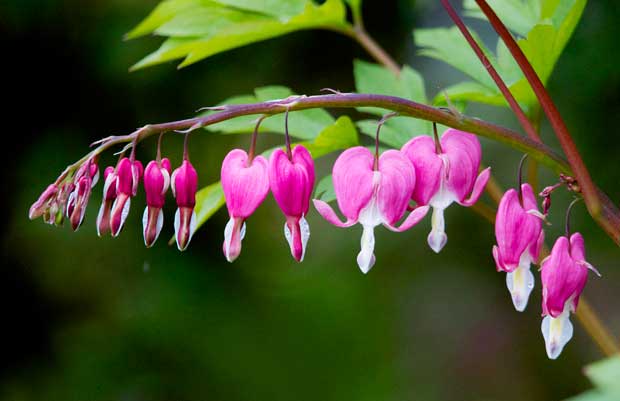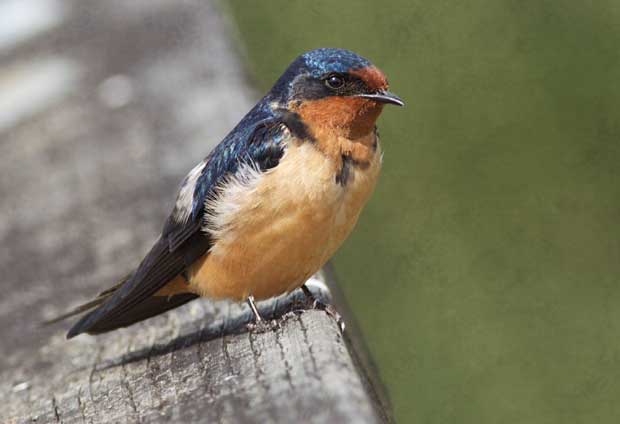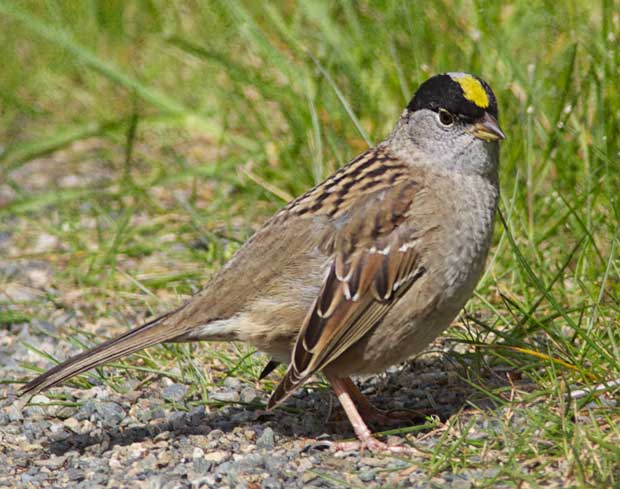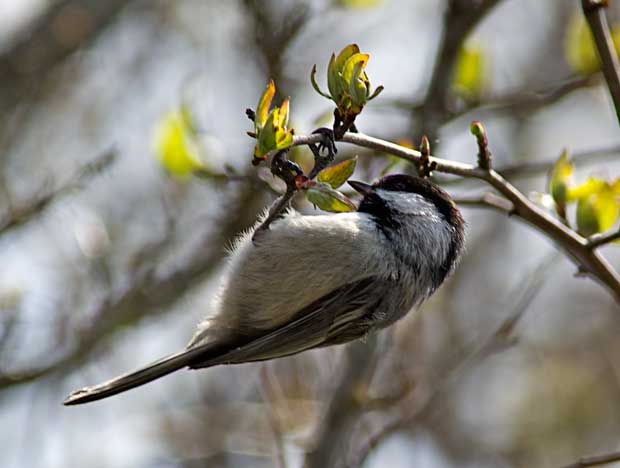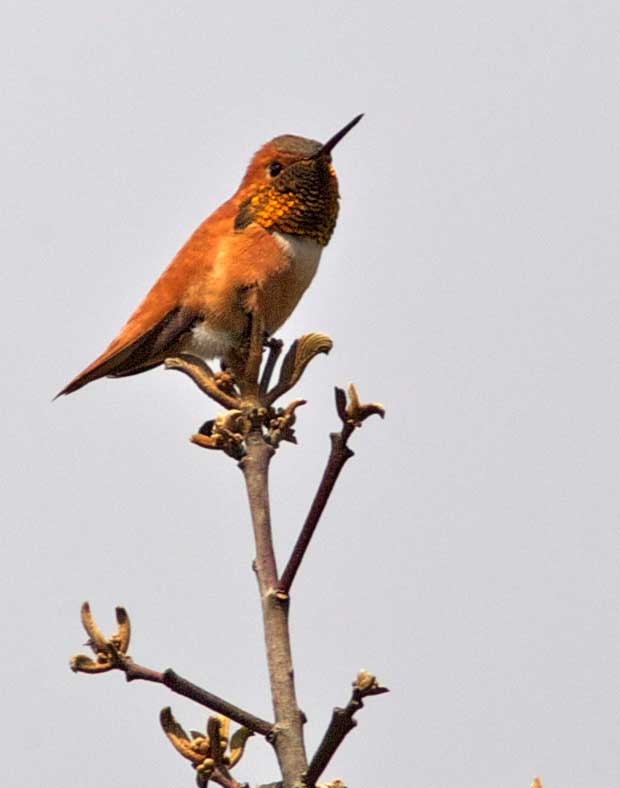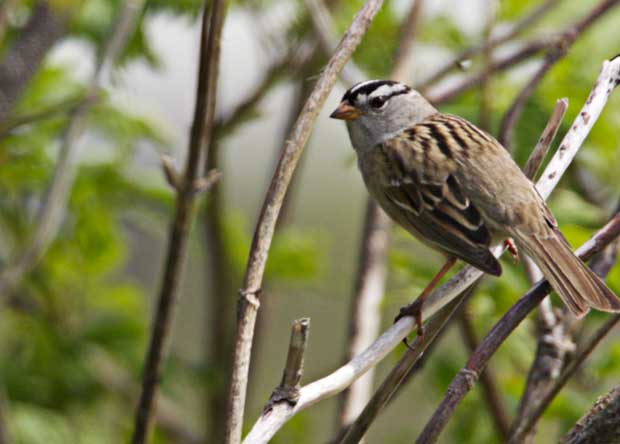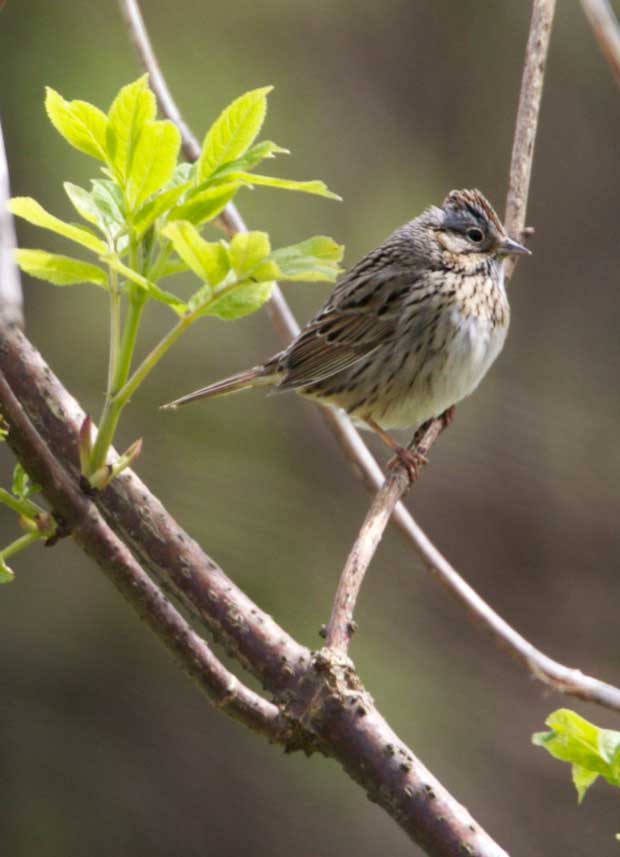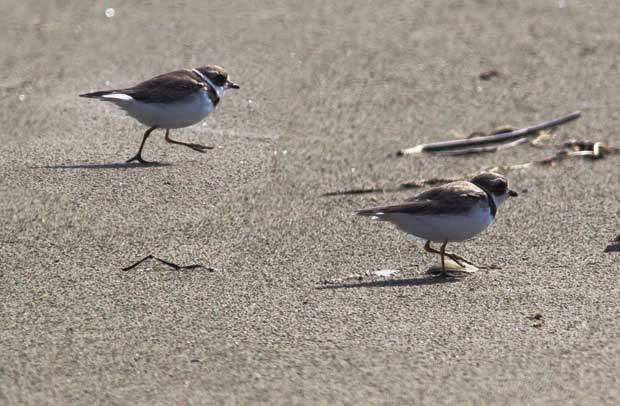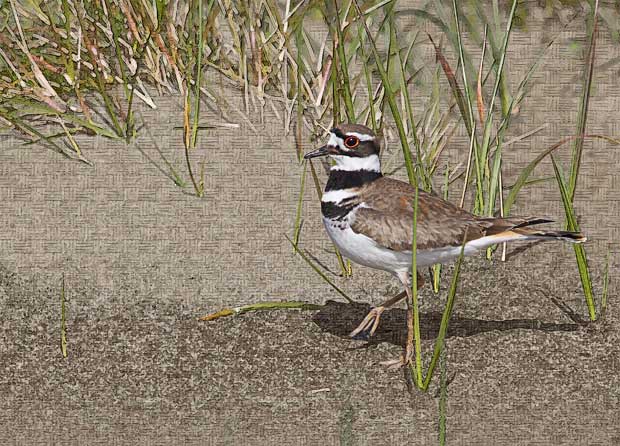We had so much sunshine last week that I’m just now getting around to processing the Easter Pictures I took Sunday. Somehow the best of them seem to feature pink, like Mira
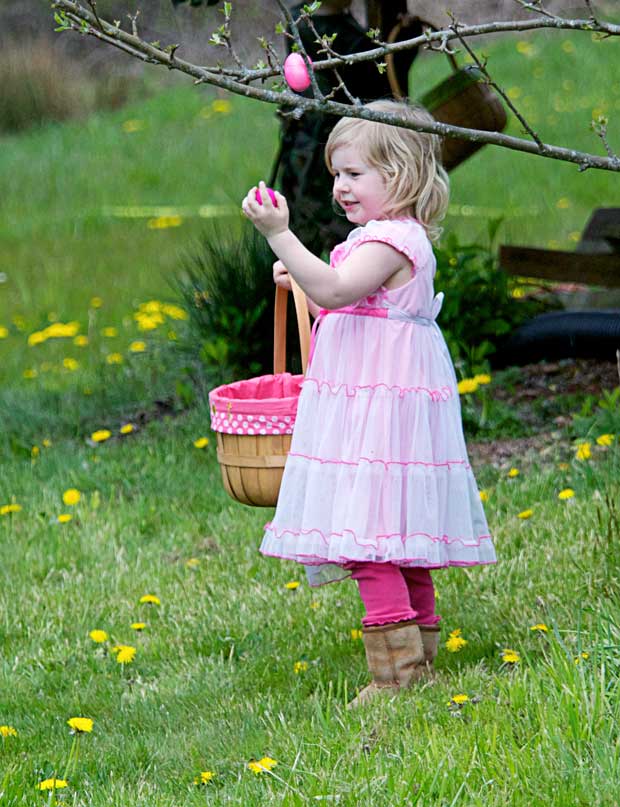
in her pink dress holding a pink egg while totally oblivious to the nearby pink egg in the tree.
Although these apple blossoms could probably be called “white,” I would argue that the predominant color is pink.
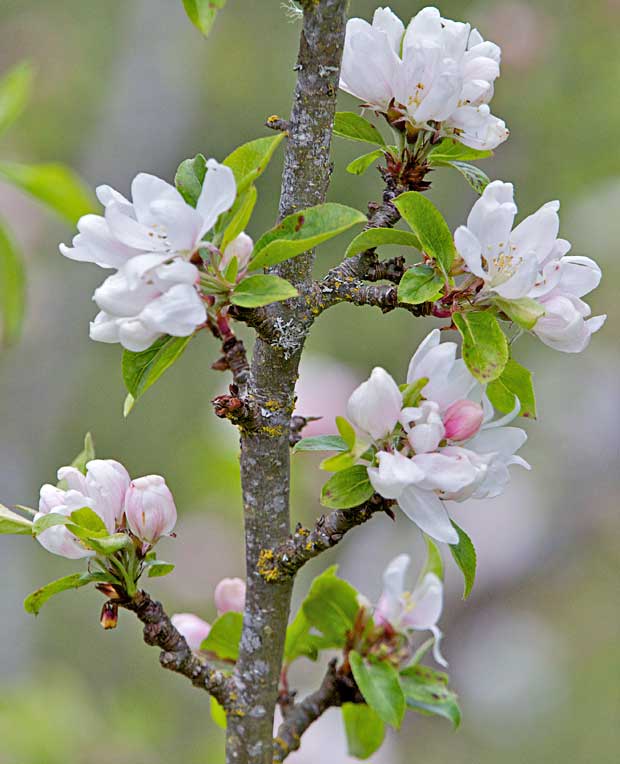
I know hearts are supposed to be red, but I think these, at least, are a brilliant pink.
